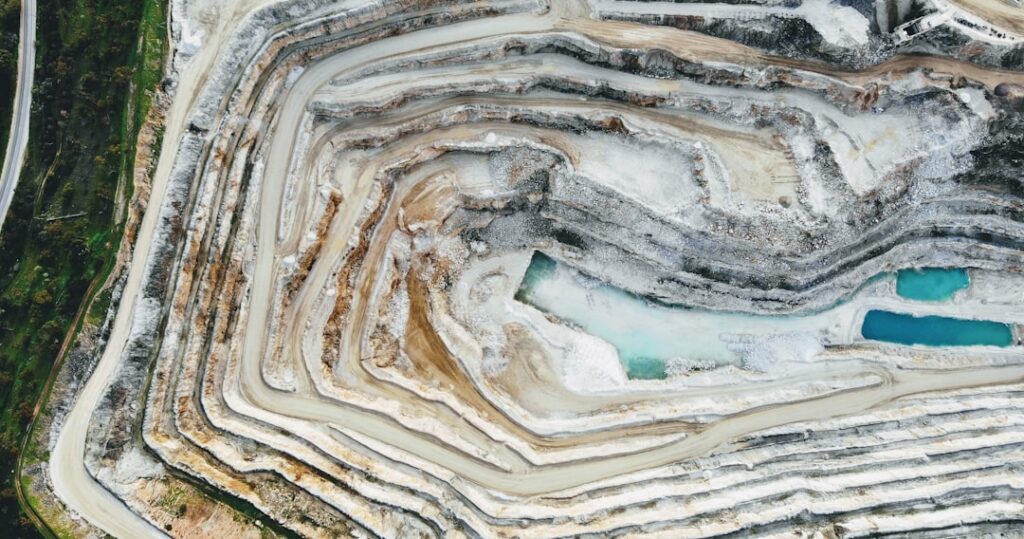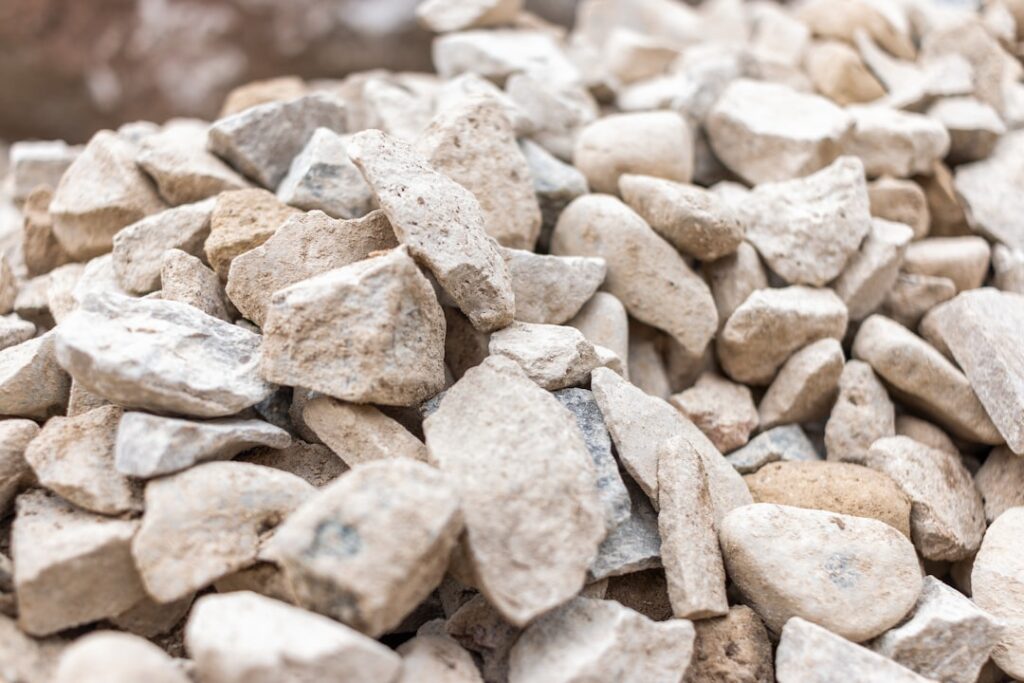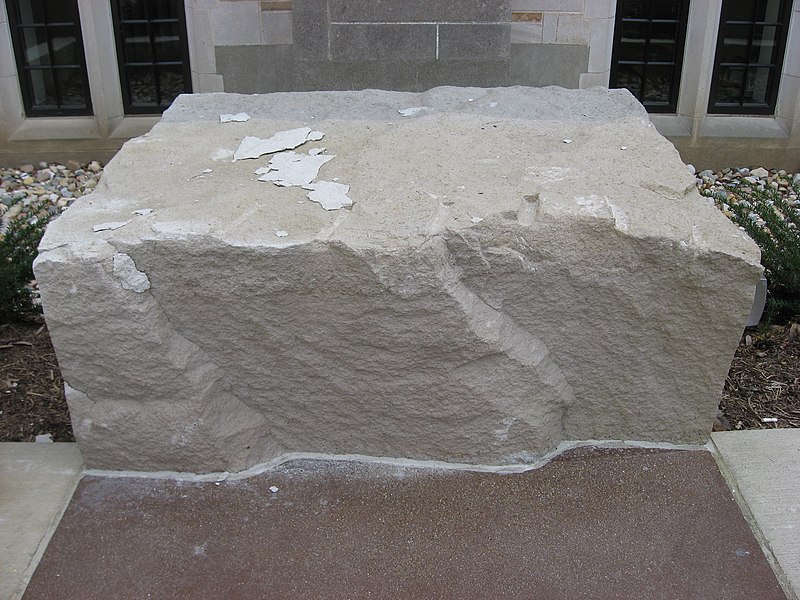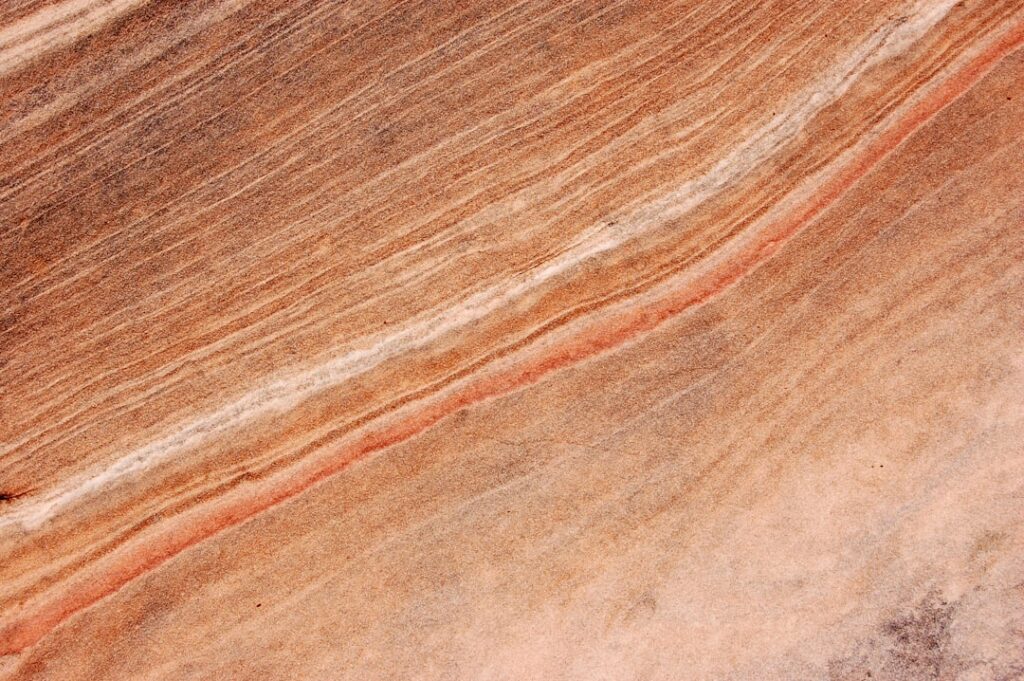When you’re starting a new stone installation project, every detail matters. From the design to the exact products you pick, these choices can make or break your vision. One of the biggest decisions? Choosing the right stone.
Limestone and sandstone are two all-stars in the world of stone. They’re both popular and versatile, but each has its own special traits. So, which one’s better for your project?
Limestone and sandstone differ in many ways — from how they’re made to how they look and feel. They also have different strengths and weaknesses. This guide will break down everything you need to know.
Ready to make an informed choice? Let’s uncover the secrets of limestone and sandstone and find out which one is perfect for your needs!
Composition of Limestone and Sandstone

Limestone and sandstone are fascinating rocks with unique stories.
- Limestone is born from ancient marine life. Picture tiny sea creatures floating around, leaving behind their shells. These shells are rich in calcium carbonate. Over millions of years, they compact and harden into limestone. This rock is usually light-coloured and tends to be softer than other stones. Because of its softness, it’s not as durable.
- Sandstone tells a different story. It’s made mostly of sand-sized grains of quartz or feldspar. Imagine grains of sand glued together, sometimes by calcite, silica, or iron oxide. These glues give sandstone its strength and a variety of colours. This rock is harder and tougher than limestone, making it perfect for different uses.
Both limestone and sandstone belong to the sedimentary rock family but have distinct personalities due to their minerals.
Limestone shines indoors with its aesthetic appeal, which is ideal for less demanding projects. Meanwhile, sandstone thrives outdoors, standing strong against the elements.
Textural Differences

At first glance, limestone and sandstone might seem similar. But when you look closer, their textures tell a different story.
Limestone is smooth. It’s made from calcium carbonate precipitation. This fine texture gives it a refined look, perfect for projects where you want elegance and subtlety.
Sandstone, however, is grainy. Composed of quartz and feldspar, it has a rough feel. This texture brings a rugged charm. It’s great for projects needing a natural, rustic touch.
So, what does this mean for you? Handling these rocks feels different. The end results look different, too. Keep their textural differences in mind to choose the right one for your project’s specific needs.
Here are some other critical points to take into account:
- Limestone tends to have a finer texture, offering a smoother finish.
- Sandstone particles are generally larger, giving it a rougher feel.
- Sandstone is typically more porous than limestone, affecting its durability.
- Limestone is usually easier to cut and shape due to its softer and more uniform texture.
- The finer texture of limestone makes it more suitable for detailed carving.
Colour Variations and Aesthetics
Choosing between limestone and sandstone is like picking your favourite shade from a painter’s palette. Think about how their colours can add to the look of your project.
- Limestone whispers in pale tones. Picture whites, creams, and soft greys – all gentle, all soothing. This stone can make your indoor spaces into serene havens, perfect for those who love a calming vibe.
- Sandstone, on the other hand, sings in bold hues. Imagine rich reds, deep browns, sunny yellows, and even lively purples. It’s a canvas of nature’s vibrant spectrum. Ideal for making statements, sandstone adds warmth and energy wherever it’s placed.
These stones are natural at bringing their unique charm to any design. If elegance and subtlety are what you seek, limestone is your go-to. But if you’re after personality and a splash of colour, sandstone is probably a better best bet.
In the end, it’s about the feeling you want to create. Use these stones to paint your vision alive.
Durability and Weather Resistance

Limestone and sandstone each have their strengths, but they also face challenges.
Limestone pavers are strong – they stand up well to everyday use. But they’re not perfect. Acidic substances can be their downfall. In a polluted area or a place with acid rain, limestone may wear down faster.
Sandstone also has its vulnerabilities, as weathering and erosion can affect it over time. Freeze-thaw cycles are especially tough on sandstone.
So, what does all this mean for you? If your project is near the sea or in an area with harsh weather, you need to consider these stones’ strengths and weaknesses. Not doing so might mean more frequent repairs, which in turn leads to more expenses.
Limestone vs Sandstone: Maintenance and Care Requirements
Limestone and sandstone surfaces are beautiful but require some tender, loving care to keep them in tip-top shape.
If you have limestone, you need to watch out for acidic cleaners. Even a bit of acid can damage it easily. Instead, go for pH-neutral solutions. A regular sealing routine is also crucial. Sealing helps protect against stains and further wear and tear. It preserves the limestone’s natural beauty and keeps it strong for a long time.
Sandstone has its own set of challenges. This stone is softer and more porous, making it more prone to erosion. Water can seep in, causing freeze-thaw cycles that speed up erosion.
To guard against this, sealing is non-negotiable. Gentle cleaning is the way to go; high-pressure washers are no friends to sandstone. They can ruin its texture and fade its colour.
For both natural stones, quick action on spills can save a lot of headaches. Oils and similar substances need immediate cleanup to prevent lasting damage.

What Are the Best Uses and Applications for Each Natural Stone?
Limestone is packed with calcium carbonate. This makes it a champ in wet conditions. Think water features in your garden or pathways that glisten after the rain. It’s soft, though, so maybe skip it for spots where everyone’s constantly walking.
Sandstone, on the other hand, stands strong against the weather if treated the right way. It’s the go-to for outdoor pavers and patios. No matter whether it’s sunny, rainy, or frosty, properly sealed sandstone can handle it all.
Here are some ideal applications for each stone type:
- Limestone:
- Interior flooring
- Bathroom tiles
- Carving and sculpture
- Wall cladding
- Garden pathways
- Sandstone:
- Exterior pavers
- Retaining walls
- Landscape design elements
- Facade features
- Pool surrounds
Conclusion
Choosing between limestone and sandstone is no small decision. Both stones offer unique benefits and can turn any space into a masterpiece.
Limestone whispers elegance and serenity. Its smooth texture and calming shades make it perfect for indoor projects where you need a touch of refinement. On the flip side, if your project calls for something bolder and rugged, sandstone is your champion. Its vibrant colours and hearty durability make it perfect for outdoor settings that ooze natural charm.
The right choice ultimately depends on your vision, environment, and project demands. Take a moment to envision your completed project. See the beauty, feel the texture, and understand the maintenance it requires.
Frequently Asked Questions
How Do Limestone and Sandstone Prices Compare?
Limestone generally costs less than sandstone. This difference is due to the availability and ease of quarrying limestone compared to sandstone.
Limestone’s lower price and versatile nature make it a popular choice for many projects, especially if you’re budget-conscious.
However, sandstone’s unique colour variations and durability can justify its higher cost if you’re seeking a distinctive look.
It’s important to weigh these factors based on your project needs.
Can Limestone and Sandstone Be Used in Load-Bearing Applications?
Limestone generally offers better compressive strength and durability, making it suitable for heavy-duty structural purposes (e.g., columns). Sandstone, while also strong, is more porous and varies greatly in density, affecting its suitability.
Always consider the environmental conditions and the structural demands of your project.
Are There Eco-Friendly Sourcing Options for Both Stones?
Yes, both stones can be extracted and processed using methods that minimize environmental impact.
You’ll want to look for quarries that practice responsible land use and water management. Additionally, local sourcing reduces transportation emissions. It’s important to check if the supplier adheres to sustainable practices.
This way, you’re not only choosing quality materials but also supporting environmental stewardship.
How Do Limestone and Sandstone Impact Indoor Air Quality?
Limestone and sandstone can affect the air around you. Both are natural stones, but limestone can sometimes release small amounts of dust particles, potentially impacting air purity. Sandstone is not as porous and generally contributes less dust.
However, neither noticeably deteriorates indoor air quality if properly sealed and maintained.
You’ll want to make sure they’re well-installed and regularly cleaned to minimize any negative impact.





